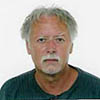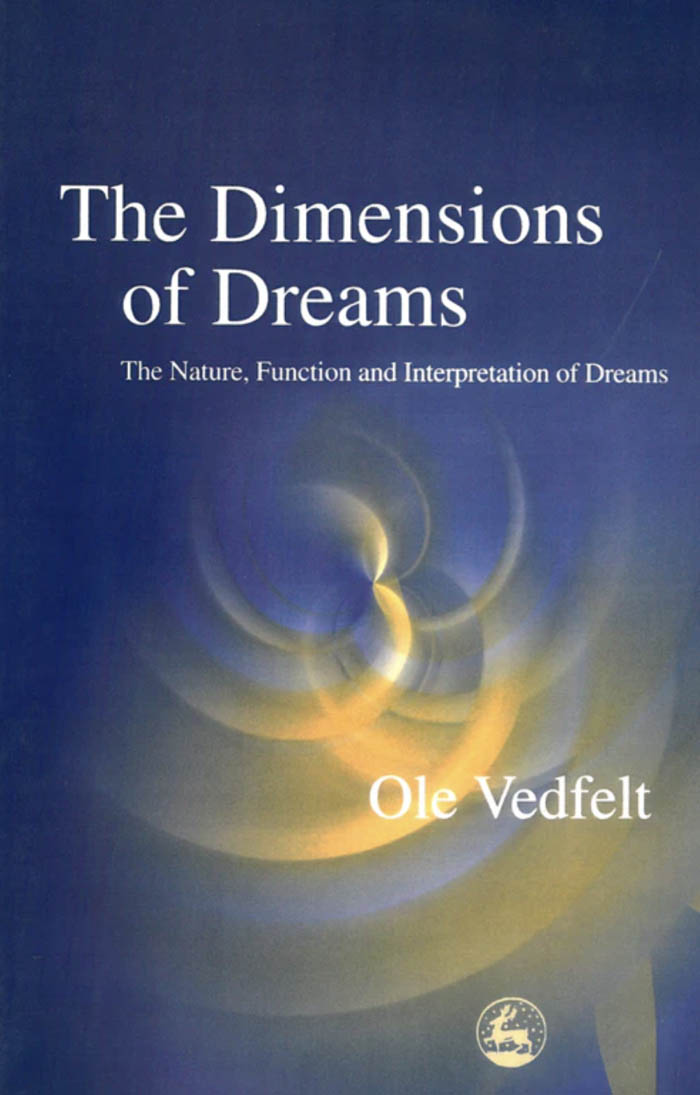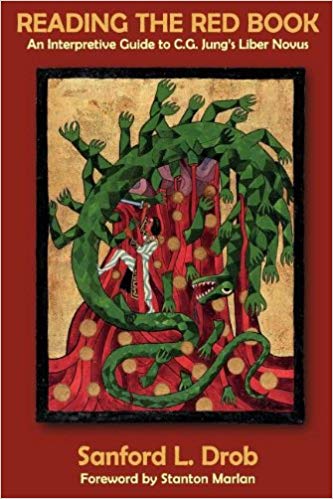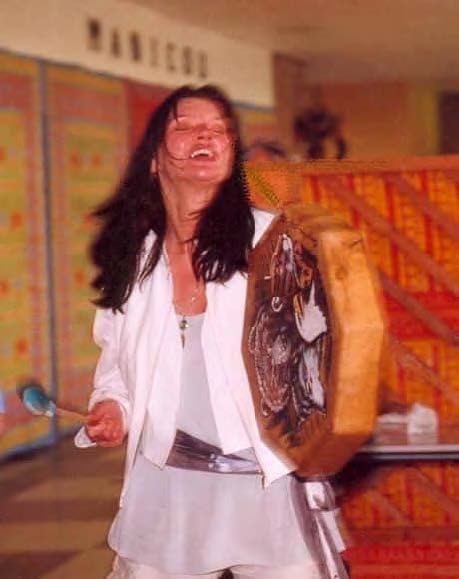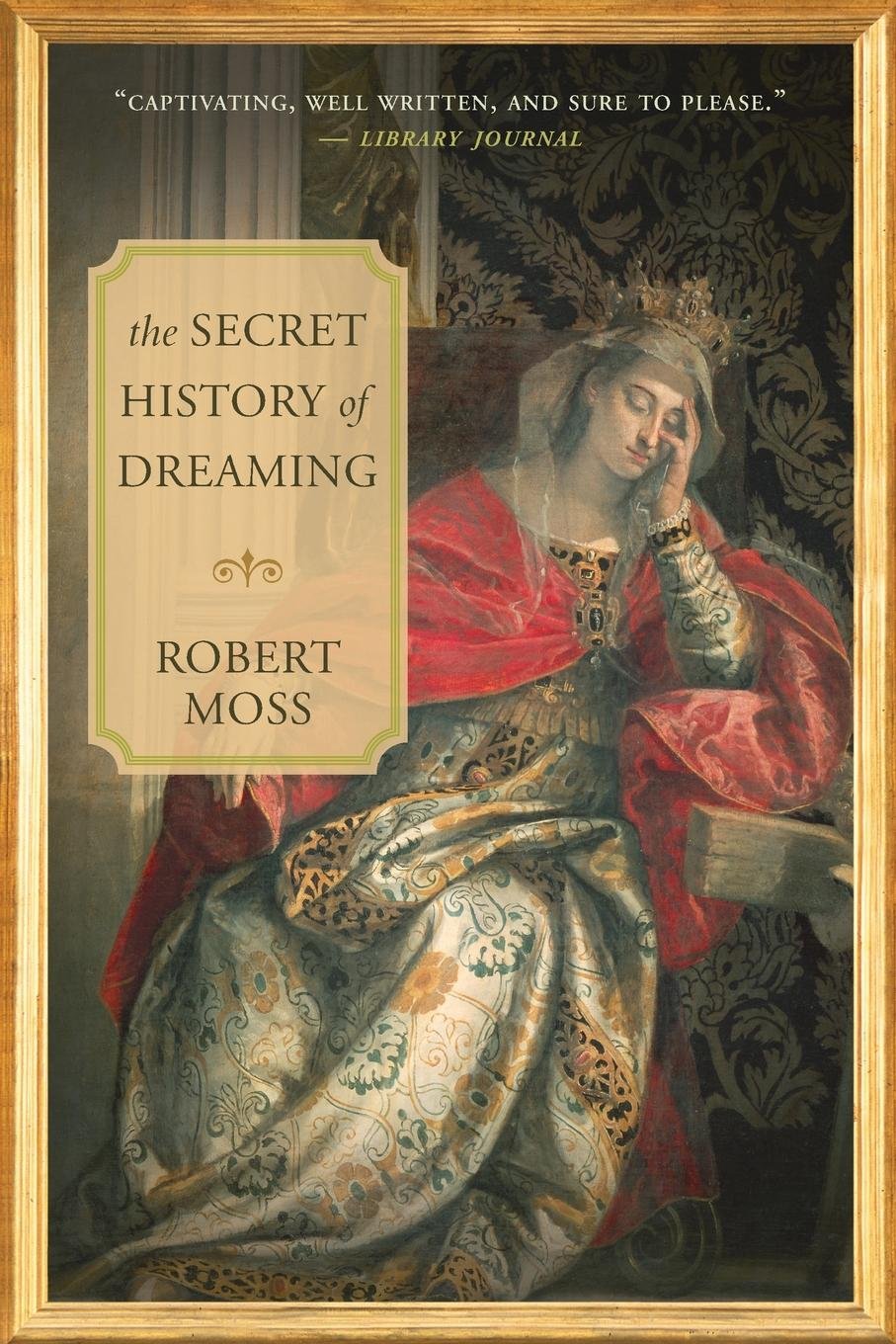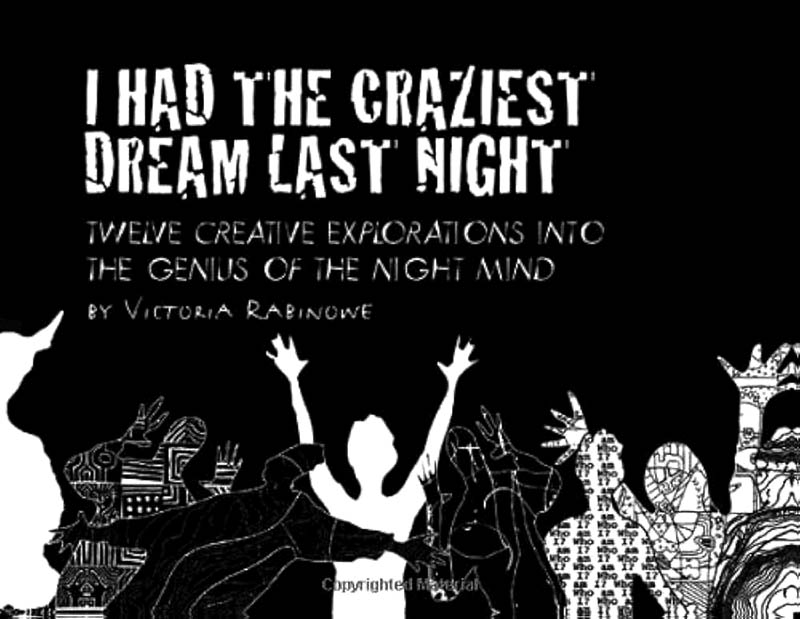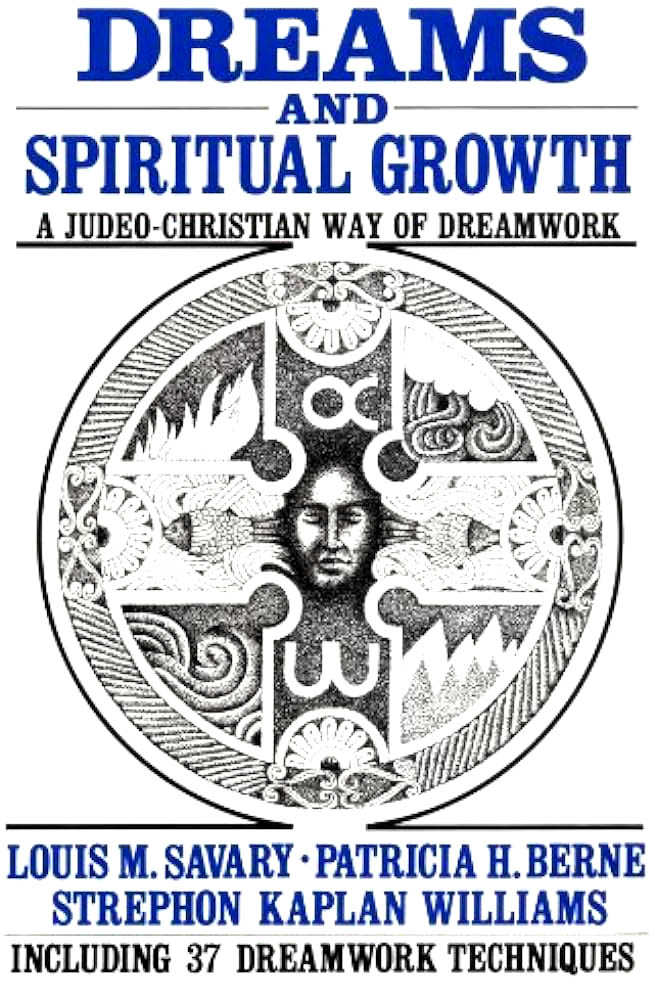The Dimensions of Dreams is encyclopedic. I mean this in the best use of the term. The book is thorough, with advantage. Unlike what is typically found in an encyclopedia, this volume maintains ongoing cross references and the author is astute enough to connect the dots throughout the history of many dream work schools and techniques. His process provides the reader with a depth and richness to stimulate the rational mind and imagination alike. The scholarship is backed up with years of experience in public and private practice. Indeed, I would rank Ole Vedfeld’s study as among the best of its kind; certainly a volume of reflective reference to be keep on hand by both professional and lay dream-culture worker.
The book ranges from Tantra through Freud and Jung to contemporary schools and practices developed by the likes of Fritz Perls, James Hillman, Arnold Mindell. Every reader will find their own affinities and mine include the several names now listed. Along these lines, let me invite you into a scant but enticing sampling of passages and pages from The Dimensions of Dreams.
Pgs. 50-51 (Jung, Archetypes & Amplification): “Jung found amplification with cross-cultural symbolic historical material particularly useful with archetypal dreams, in which the dreamer has no personal associations…. The reasons for comparing dream(s) with mythological symbolism from different cultures, is that fundamentally they derive from the same elemental substance: the archetypes” (dynamic forces forming patterns of universal structuring within the human psyche).
“Knowledge of the archetypal parallels makes it possible to understand dreams and states of consciousness that are alien and terrifying for the dreamer and so could discourage him (or her) from going further with an inner development…. Archetypal amplifications must always be balanced against the cultural and personal.”
For, we might add, the dynamos of the mundus archetypus wear Janus-masks of a near-distant approachability, as they emerge in disguised-revelations out of collective anamnesis, mapped by dreamscapes, articulate in the vocabulary of dreams. This is to say, in full paradoxical motion: these forces are, with patterns established before our arrival, and we are the patternmakers who know not our sources. Yet each is charged with making of them the centerfold of our person.
Pg.59 (Jung & Alchemy): “When I woke up my first association was that the dragons devouring each other’s tails were Freud and Jung, but they are also an alchemical symbol. The symbolism is cosmic and archetypal. There is a suspension of time and space. There are two couples that together form an autonomy in a symbol of wholeness….
(Pg.65) “Many of the alchemists understood that it wasn’t so much a matter of producing actual gold, but rather that the complicated processes which were supposed to refine base matter into noble metal were an expression of a refinement of personality.”
Now a flip back to pgs. 59: “Jung was especially concerned with the development of the personality that is possible at a more mature age. He believed in an inborn development plan which observes a universal pattern but which within this framework gives to the individual his (and her) distinguishing character. The realization of this fulfillment plan he termed the individuation process. The individual has within, in embryonic form, a transcendent function that can unite the apparent psychic contradictions, consciousness and the unconscious. This ordering and balancing function can be developed through work with dreams.”
Pg. 99 (Hillman): “An independent view of dreams is met with in James Hillman, who… (sees) dreams as an underworld in themselves, with their own objectives…. Contrary to ordinary interpretation procedure, where dream language is translated to the language of consciousness, Hillman proposes that the language of consciousness be translated into dream language… underscoring the experience that dreams contain something different in kind from consciousness, something fundamentally untranslatable into the latter’s language.” (Therein may await a discovery to raise eyebrows and suggestive of the title of a Joan Halifax book, The Fruitful Darkness!)
Pgs. 205-206 (Mindell): “The Jungian Arnold Mindell, who for a period of years was himself seriously ill, has developed a method of working with somatic symptoms and dreams. In light of many years’ experience, he asserts that he has never encountered a case where a symptom’s process hasn’t been reflected in a dream. In his view a sickness is often part of a person’s individuation process and ‘the soul is expressing an important message through the sickness.’”
…pg 207: “In itself, there is nothing revolutionary about the method. The technique originated with Wilhelm Reich… What is new in Mindell is that he more perfectly applies the method in connection with dreams. (His) point of departure is the active imagination of Jung. But while Jung worked almost exclusively with mental ideation, visualizations, and inner dialogue, Mindell expands this to include body sensations and movements.”
Pg. 234 (Tantra): “It is fairly certain that meditation increases the number and length of remembered dreams…. Among the many different forms of meditation I will here be concerned with the so-called chakra system of Tantric yoga. This is because meditation according to this system has in recent years become rather widespread in the Western world and because associated with these meditations are symbols and psychic development stages that recur in dreams.”
Here it would appear we have come full circle. Yet, as always, the inevitable admittance arrives with us: Justice can never be done to so immense a volume within the reviewers little space. From hence, the reader must cease to follow and instead take the lead. Along the way, no doubt at a place where a favorite bookstore opens its doors, waits Ole Vedfelt, doctor of dreams and surveyor of dreamscapes.

